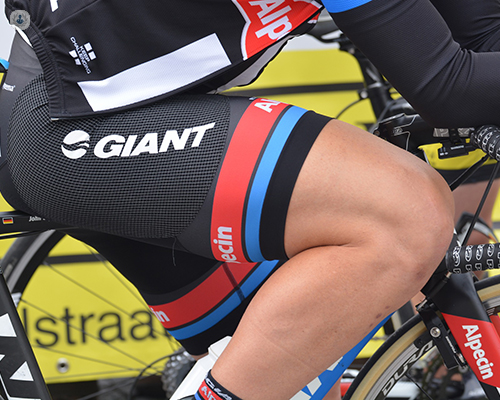Understanding knee ligament reconstruction
Written by:In this article below, highly esteemed consultant orthopaedic surgeon, Mr Richard Carrington, walks us through step by step what a knee ligament reconstruction entails, and what patients can expect from the recovery period.

What is a knee ligament reconstruction?
Knee ligament reconstruction is a surgical procedure performed to repair a torn ligament in the knee, most commonly the anterior cruciate ligament (ACL). This type of injury is prevalent among athletes and individuals who engage in physically demanding activities. Understanding the procedure, recovery process, and expected outcomes is essential for patients considering this surgery.
What is knee ligament reconstruction used to treat?
Knee ligament reconstruction primarily targets the ACL, although other ligaments like the posterior cruciate ligament (PCL) or the medial collateral ligament (MCL) may also be involved. The procedure involves replacing the damaged ligament with a graft, which can be harvested from the patient’s own body (autograft) or from a donor (allograft).
Common sources for autografts include the patellar tendon, hamstring tendon, or quadriceps tendon. The choice of graft depends on various factors, including the patient’s activity level, age, and specific injury characteristics.
What does the surgical process entail?
The surgical process begins with an arthroscopic examination, where small incisions are made around the knee, and a camera is inserted to provide a clear view of the joint. The surgeon removes the torn ligament remnants and prepares the site for the new graft. The graft is then threaded through tunnels drilled in the femur and tibia bones and secured with screws or other fixation devices to ensure stability. The incisions are closed, and the knee is bandaged.
What can patients expect from recovery after a knee ligament reconstruction?
Recovery from knee ligament reconstruction varies depending on the individual and the extent of the injury. Initially, the patient will need to use crutches and wear a knee brace to protect the repaired ligament. Physical therapy is crucial during the recovery period, focusing on restoring range of motion, strengthening the muscles around the knee, and gradually returning to normal activities. The rehabilitation process typically lasts between six to twelve months, with a gradual increase in activity intensity.
Outcomes of knee ligament reconstruction are generally positive, with many patients returning to their previous levels of activity and sports participation. However, the success of the surgery depends on several factors, including the accuracy of the surgical technique, the patient’s adherence to rehabilitation protocols, and the absence of complications such as graft failure or infection. Patients are advised to follow their surgeon’s recommendations closely and attend all follow-up appointments to monitor progress and address any concerns promptly.


